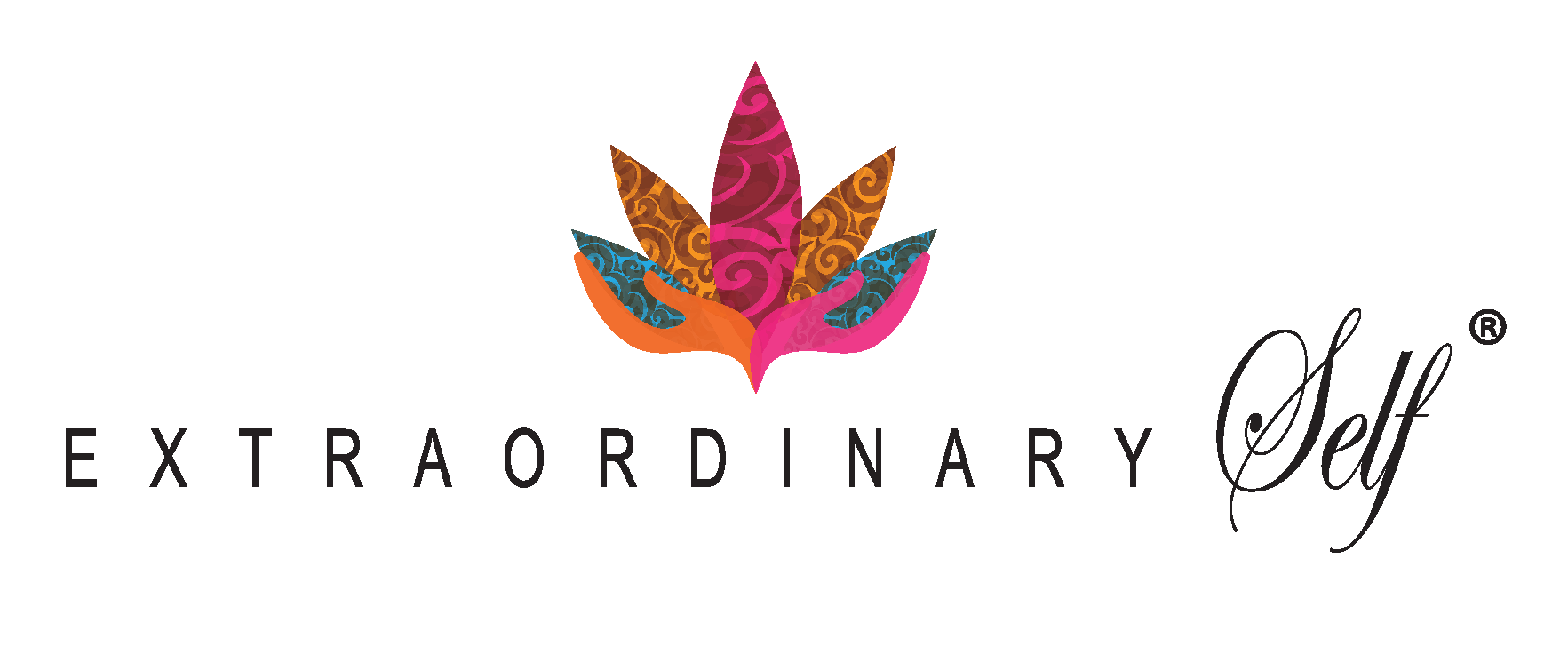Clear the Static First to Reach High Performance
Insights for HR Managers

Meet Pam: HR Director Who Notices the Performance “Weather”
Pam is a mid-career HR director at a growing software firm. She’s pragmatic, data-driven, and quietly impatient with “soft” workforce wellness programs that don’t move KPIs.
Pam notices two problems: (1) Teams showing up physically but not contributing, and (2) predictable process leaks (missed demos, lagging approvals) that she can’t trace to org charts or SLAs.
Pam wants interventions that are small, measurable, and manager-led. The suggestions below are written for Pam and other HR Managers — clear, practical, and ready to pilot. Try it and let us know your results.
Why HR Should Care
Walk into any office and you’ll hear two things: the coffee machine, and the HVAC hum. But you can’t hear a third set of noises – each person’s inner chatter that can help—or hinder—every employee and your company. Let’s call the helper voice the Inner Coach. And let’s call the hinderer the Inner Critic.
That “Inner Critic” is not a clinical label; it’s a running commentary of short automatic judgments on yourself and/or others:
“I’ll look foolish,” “Not worth it,” “That’s Stupid,” or “Do it later.”
Is that voice harmful? Yes, in practical, measurable ways the “Inner Critic” with its negative self-talk, bad feelings and avoidance behaviors nudges people to skip meetings, dilute commitments, stifle thoughts and slow decisions. Those tiny acts of self-attack compound into missed deadlines, brittle accountability, and stalled performance.
Treating inner mental health as a set of teachable workplace competencies is not soft HR—it’s risk management and performance design.
How the Inner Critic Shows Up in Workplaces
Attendance, accountability, and performance are not just process problems; they are expressions of “inner weather”.
How do you know when an Inner Critic has taken over, often leading to absenteeism, lack of accountability, conflictual relationships, blaming, and poor performance? Watch for:
· Frozen face and muted strident voice that reads like: “They already decided I don’t have anything worthwhile. I am not going to get that promotion or raise. What’s the point.”
· Flat or clipped tones that communicate: “I’ll say something wrong. I don’t want to expose myself.”
· Closed posture and slow approach that narrates: “I am not going to have anything useful to add.”
· Avoidance of eye contact that states: “I haven’t done what I was supposed to do.” or “It is Harold’s fault.”
· Voice that says: “I’ll get to it,” uttered with the cadence of escape, not commitment.
Those aren’t clinical labels; they are short, automatic judgments that quietly shape choices, resulting in: skipped meetings, diluted commitments, delayed follow-ups. Treating these patterns as teachable workplace skills is not soft HR — it’s practical risk management and performance design.
Employee presence without engagement costs time and revenue. When the Inner Critic makes them feel bad, and people shrink inside, you get:
· Lower meeting signal (fewer decisions made in meetings).
· Pipeline leakage (delayed follow-ups and lost deals).
· Slower product cycles (retrospectives that avoid real feedback).
Teaching self-leadership and emotional intelligence—self-awareness, rapid self-regulation, and self-compassion—converts presence into measurable contribution.
That’s HR’s lever for attendance, accountability, and velocity.
Real Examples
· A senior engineer sits through architecture reviews mentally replaying mistakes; she doesn’t push for a crucial design change; release quality slips.
· A top sales rep delays reaching out because “They’ll say no.” Opportunities vanish from the pipeline.
· A product team manager whose retrospectives are polite and thin because he fears being singled out for mistakes; the consequence is recurring errors and slower sprints.
These aren’t therapy stories or case studies; they are business leaks—operational failures with measurable impact. Those “Inner Critic” sensory moments are observable, loggable, and fixable. The Critic doesn’t have to be dramatic to be destructive—its small, repeatable patterns are the problem.
Simulated Business Problem-Solving Mini-Sessions
HR Teachable Micro-Skills That Can Quiet the Critic and move individuals toward an Inner Coach.
Self-awareness and Self-Regulation Skills:
- Coach through a no-judgment round robin of spoken-outloud quick reactions to relevant business problems. Prompt for quick reactions with questions like:
“What’s my immediate thought about this? What is good about it? Not so good about it? Interesting? How can I build upon this?"
This coaching skill Interrupts autopilot, reduces avoidance and gets people to learn from each other.
- Teach to commit publicly, repair privately - At the start of a simulated problem-solving session, have each person state one micro-goal and one expected obstacle outloud. They then state how to overcome the expected obstacle. This skill raises peer accountability and reduces missed deadlines.
- Challenge - Then, choose quick script for rounds of business problem-solving:
- Step 1: Name the critic’s claim. To do so, each person states what an Inner Critic might say.
- Step 2: Each person offers one counter-evidence to the negative judgment.
- Step 3: Each person states one small action to move the project forward.
The effects of mastery of this skill are faster decisions, fewer stalled projects.
- Three-minute mistake inquiry – Each person states out loud a failure or mistake they made and the impact of their Inner Critic. Then they reframe into stating the facts outloud in a non-judgmental fashion and then stating outloud: What can I learn this mistake or failure? What will I do differently in the future?”
This skills moves teams from defensive shame loops to problem-solving.
Measure What Actually Matters – Important to HR
- Set up series of round robins of skills above or similar ones.
- Monitor employee patterns over time: meeting lateness, postponed commitments, time-to-decision on approvals, meeting sprint guidelines.
- Combine quantitative patterns with brief qualitative retrospectives that surface internal blockers. The data will shift conversations from judgment to more collaborative problem-solving.
Closing Thought
The workplace is more than desks and software; it’s an internal climate, like the weather. You won’t fix absenteeism, brittle accountability, or slowed innovation by only changing to better business systems. You reduce friction by training people to notice their own inner and outer sensory cues to develop Inner Critic control, label the short stories their Critic tells them, and choose tiny, repairable behaviors in the moment.
Teaching inner competence and emotional regulation—self-awareness, self-regulation, and self-compassion—turns avoidance into engagement, excuses into accountability, and hesitation into performance. Give your people umbrellas they can use, measure the weather, and watch attendance, accountability, and performance improve.
At Extraordinary Self Workforce Wellness Programs, our e-courses and coaching system includes well-researched procedures to help turn the Inner Critic into an Inner Performance Coach - by getting at the root of the negative power of the Inner Critic.
Please download our white paper,
Empowering Performance through Mental Wellness. Please contact me at
diane@extraordinaryself.com to discuss how we can further your competency training leading to peak performance.

